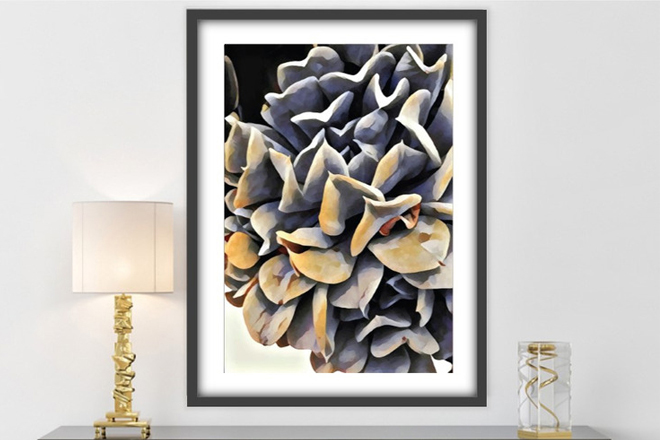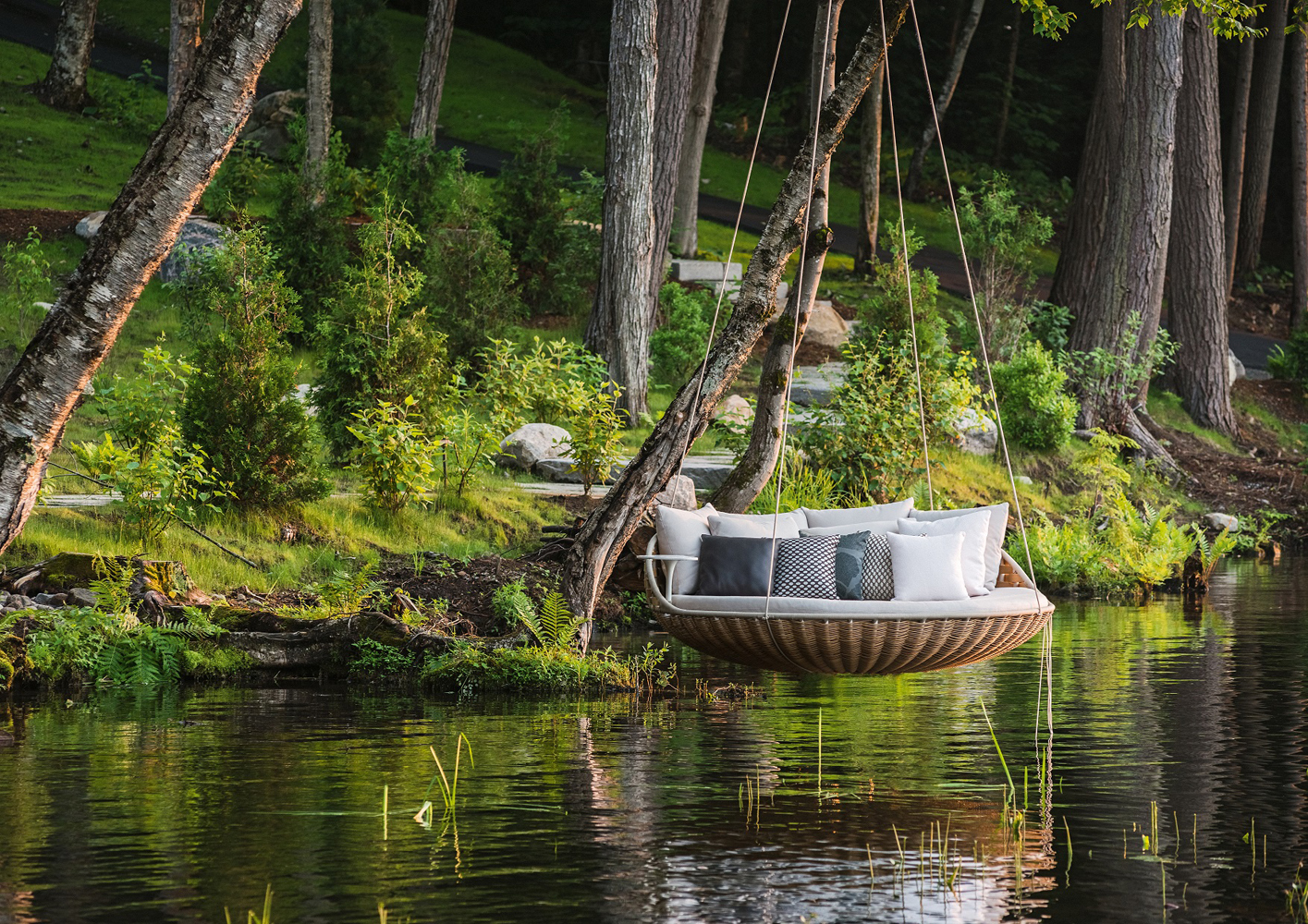As The head curator for the ‘Curious Art Bar’ Barbara Hamilton is always intrigued and ‘curious’ about which prints, images and artworks their clients choose for their homes and for commercial spaces.
There is typically the ever changing ‘latest’ art images that are bought purely as decor pieces, but always the underlying desire for art lovers is to own affordable quality pieces that reflect their tastes, and become part of a broader collection. The Australian art market has always had a healthy experimental edge to it, and we
attend art galleries, large or small, state owned or private, in vast numbers. We are continually educated and inspired by gallery exhibitions in our capital cities and increasingly, our art loving regional towns.
In short, we love a good gallery exhibition.
Our regional art galleries do some heavy lifting!
One in six professional Australian artists live in regional cities or towns, and around one in ten live in rural or remote areas. A notable few being Pro Hart Broken Hill NSW, Hans Heysen Hahndorf SA.
Historically, the establishment of a regional gallery and its subsequent growth directly resulted from the efforts of an individual or a group of art lovers.
Yet, despite a surprising number of galleries being established in this way for over two centuries, some important regional cities whose history and culture would be perfect as sites for galleries have yet to establish facilities to celebrate their art history. Lithgow was one such town and is now represented by a contemporary exhibition gallery to be proud of. Even though there is an acknowledgement that some small regional collections (compared to their state or national galleries) contain nationally significant works of historic and cultural heritage, the regional gallery still needs our support.
In the case of art galleries particularly, there are numerous iconic works produced by Australian artists over those two centuries, including some of our most famous works, to be found in our regional galleries spread across the country. Regional art galleries today that have active collection policies in the contemporary art area may even be acquiring works of equal significance to those being collected by our capital city galleries.
Are private galleries more progressive than public galleries?
Private art galleries are not only charged with representing the tastes and standards of collectors, but can even be judged on the gallery’s building and its environs.
Whether the building is new, reclaimed, or an historic residence converted into a gallery to exhibit established and emerging artists, there is always the expectation that the building will deliver another level of enjoyment to the collector.
The ‘White Rabbit’ gallery NSW is one example of a gallery that over delivers. So engaging is the space, the building and the ever changing unique collections, that you can easily imagine you are in a the smartest gallery in New York.
The regional Gang Gang Gallery in Lithgow (named after the distinctive male cockatoo ) delivers the same experience. An amazing building stripped bare, painted gallery white, and packed with an historic and contemporary blend of artworks and craftworks.
Public-funded art galleries have increasingly succumbed to our media-driven appetite as they try to court the younger generation, and remain relevant, while privately owned galleries can champion new and interesting styles and artists.
Over and above these considerations, it is the degree to which the exhibited collections engage the public that will determine the success or failure of a gallery.
The curator of the Gang Gang Gallery Sharon Howard is determined to maintain an exhibition program that creates opportunities for emerging and established artists.
For more information: Curious Art Bar












